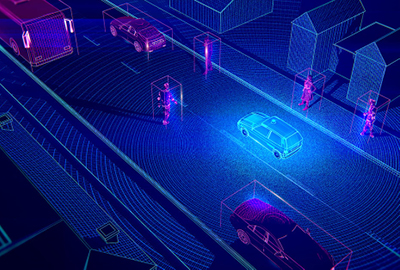 The automotive industry has taken some huge leaps forward in recent years. As a result, cars are safer than ever. One gamechanger in vehicle manufacturing is machine vision. And it’s not only being used to build cars. It’s being added as a feature as well. Let’s see how machine vision is helping to further automate vehicle construction as well as how it’s saving lives.
The automotive industry has taken some huge leaps forward in recent years. As a result, cars are safer than ever. One gamechanger in vehicle manufacturing is machine vision. And it’s not only being used to build cars. It’s being added as a feature as well. Let’s see how machine vision is helping to further automate vehicle construction as well as how it’s saving lives.
Machine Vision Applications in Auto Manufacturing
Automobile manufacturers were some of the first to adopt robotics and automated assembly lines. Building cars often involves the same precise, repetitive motions. They are perfect jobs for robots. But as drivers crave more and more options, it has become necessary for robots to make adjustments. To speed up the process, integrators have given many robots the ability to “see.”
Thanks to machine vision, which in its simplest form is a camera, a processor, and a system that can send decisions to an automated machine, robots can quickly adapt on the fly to add different parts, make different welds, or completely adapt to build different vehicle models on the same assembly line.
That’s not all that’s happening on the assembly line. With more complex systems comes the need to inspect them closely. Machine vision is helping manufacturers find defects faster and with increased accuracy. These intense inspections ensure that vehicles meet the strict safety standards imposed upon them by consumers and government agencies.
Machine Vision Applications Within the Automobile
In the past decade, machine vision has broken free from the production facilities and has found its way into the vehicles themselves. Driver assistance systems, equipped with machine vision sensors, can determine if a vehicle is inside its lane and alert the driver or even nudge the vehicle back to where it should be. Some can also detect hazards in the road and stop.
Some manufacturers are even testing the limits of machine vision so that one day they might offer vehicles with fully automated driving. To pull this off, the machine vision system must be capable of finding objects in the road, be able to anticipate the movements of other vehicles and humans, and control the steering, braking, and acceleration with high accuracy.
Vision-guided robots and automobiles are the future of the industry, inside and out. As advancements are made with robots used within the plant, they may one day have free rein of the production facility just as automated cars and trucks might one day dominate the highways.
Would you like to add machine vision to your automated application? Purchase a high-quality machine vision camera or industrial image sensor from the experts at Phase 1 today.
